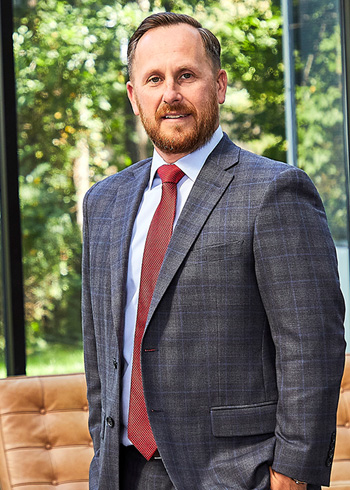How does personal injury law apply when the victim is in a coma and the ultimate outcome has yet to be determined?
When an injury victim languishes in a coma, family members are often left to endure extreme emotional and financial burdens – all without ever knowing how the issue will ultimately resolve. For some, a persistent vegetative state eventually results in a reawakening. For many, however, the family must eventually make the heart-wrenching decision to turn off life support machines, which usually leads to the victim’s imminent passing.
As one recent case has taught, however, the legal distinction between life in a coma and death can be extremely significant, particularly in a state with a medical malpractice damages cap.
In 2013, a teenage girl underwent routine oral surgery at an Ear, Nose and Throat facility in Alameda, California. Unexpectedly, she lapsed into a coma while under sedation, and has remained in a vegetative state at a facility in New Jersey ever since.
While the victim remains in a coma, the family has weighed its options in seeking compensation for alleged medical malpractice by the anesthesiologist and healthcare providers present at her original surgery. However, as several legal experts have pointed out, there is a stark difference in pursuing a medical malpractice claim on behalf of a living victim and pursuing one in which the victim is deceased. The latter would be filed under applicable wrongful death statutes.
If the child were to pass away, the family would likely pursue claims under California law – even though the child is currently residing in a New Jersey facility. Under California personal injury statutes, the family could recover the actual costs of her injuries, as well as incidental and general damages, which could reach tens of millions of dollars. However, as California law holds, a wrongful death lawsuit for medical malpractice carries a mere $250,000 damages cap – drastically reducing the amount the family could recover.
Should the family opt to sue in New Jersey, however, there would be no damages cap for medical malpractice under personal injury or wrongful death. This route is unlikely, however, given the fact the alleged misconduct occurred at a facility in California, and California likely maintains jurisdiction.
Because such tragic cases are painful and complicated, if you are dealing with a recent personal injury or the wrongful death of a loved one, please contact Nagel Rice. Our skilled and compassionate attorneys have been proudly serving New York and New Jersey for 30 years. We can be reached at 973.618.0400.
